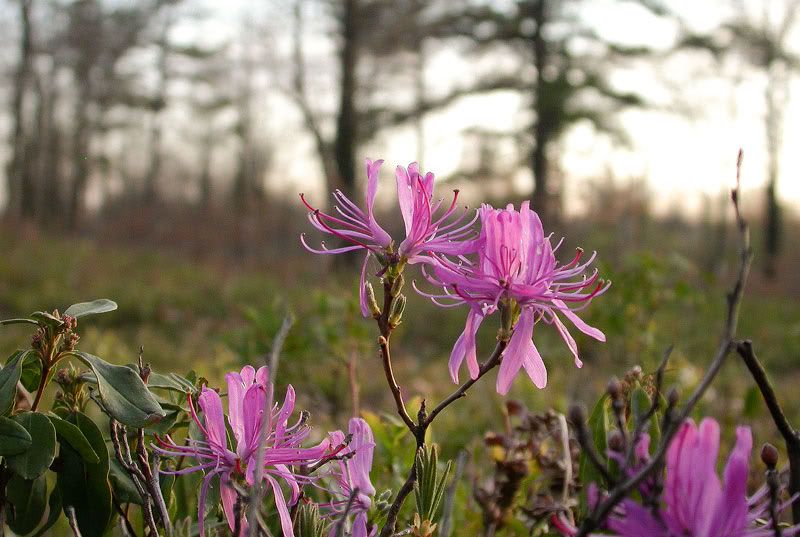
Rhodora (Nikon Coolpix 4500)
I have an image on my den wall of a rhodora bloom.
It is a flower that grows in the scrub oak barrens adjacent to my community here in Northeastern Pennsylvania. I have been told by naturalists that this is an anomaly, because it’s only supposed to exist much further north.
I shot that image with a 4 megapixel Nikon Coolpix 4500, which some of you may recall, was the final high-end iteration of the original twist body Coolpix. I have printed it at 8”x11” and larger, and love the image. It looks good to me even 7 years after it spit out of the Epson 2200 that I used in those days. And I have become very critical of images over the years.
Now I have owned a large number of compact and bridge cameras over the years. I printed and enjoyed many landscape images captured with non DSLRs in years past. Nowadays, I am somewhat unhappy with using a compact camera for this purpose, even the so-called “premium” compacts such as my Panasonic LX 5. I get many less images nowadays from small imager cameras that I would consider using, let’s say, in an exhibition, whereas in the past, I have used such cameras to confidently decorate gallery walls (and make sales).
Given some discussions I have been involved in various photographic forums, I have begun to wonder just how much better off we are , in terms of small-sensored cameras, than we were in the earlier period in the digital photography, when there were less pixels on small sensors than now.
I shot over the years with many “bridge” cameras in those days, sometimes side-by-side with DSLRs in the 6 MP range. My memory is, that whether it was a Nikon Coolpix, 900/4500 (3 and 4 megapixels respectively), my 4/5 megapixel Olympus E10/E20 or an Olympus C 5050, the files (I shot in those days mainly JPGs) were usable for landscape images, and that the images were pleasing to the eye, even printed at 11×16” or even occasionally at 13x 19”.
Now it seems to me small sensors seem lousy, not only relative to larger sensored DSLRs but even compared to older imagers with half the resolution. I can’t tell if I’ve become spoiled by the likes of my D 700, or whether packing those tiny sensors with as little as 10 MP is having a deleterious effect on certain, intangible measures of image quality.
Obviously, this discussion should be limited to base ISO. Even a 2/3” sensor such that came with the Olympus E 20, was horrible above ISO 200. A Canon S 100, LX5 and certainly the new Fuji X10, would wipe the floor with them at higher sensitivities.
But I do wonder whether there are other advantages of bigger pixels, even big old technology pixels, have characteristics that make up for the advances that have come since.

Boulder in Chubb Pond (Olympus C-5050)
This is a 100% crop of an image shot with my Olympus C 5050 from a kayak in 2004. It makes a nice 11’x 16’ print, like many others from that camera. And, it was shot in RAW at ISO 200, miraculous for a bridge camera of that era. My other cameras at the time included a Fuji S2 pro. I often printed and sold images from the Olympus, again limited somewhat in size relative to the Fuji. In this image I particularly notice the lack of noise, and reasonable detail.
Here are two images: one from my 2005 vintage Fujifilm E 900 which at the time was considered a marvel at high-resolution, High ISO (800 ASA max) shooting in a compact
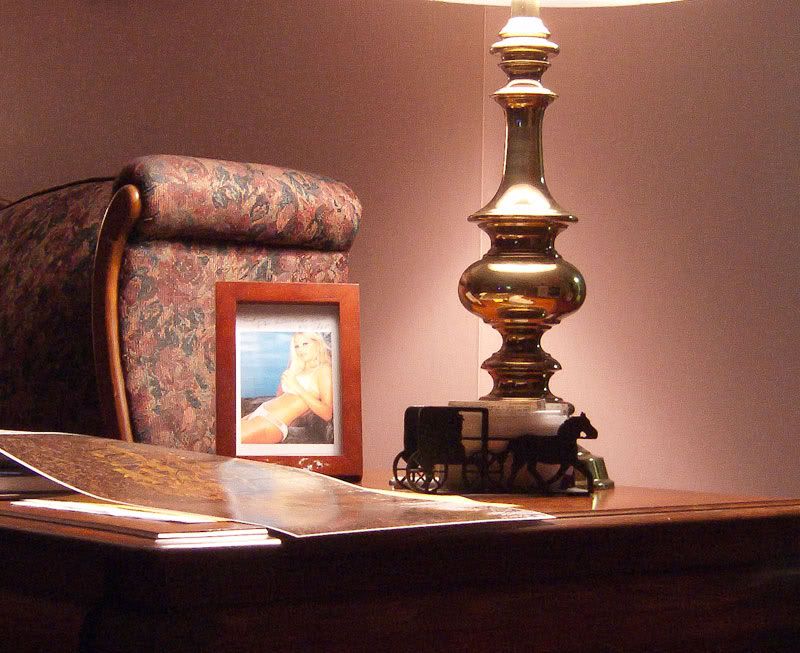
Test Image Fuji E 900
.
It sports the same size 1 1/6” inch sensor as the LX5 which I used to take the other image. These were shot at ISO 400 in raw format, had the same exposure settings at f4, were corrected with the same settings in ACR, and sharpened with the same unsharpen mask settings in Photoshop.
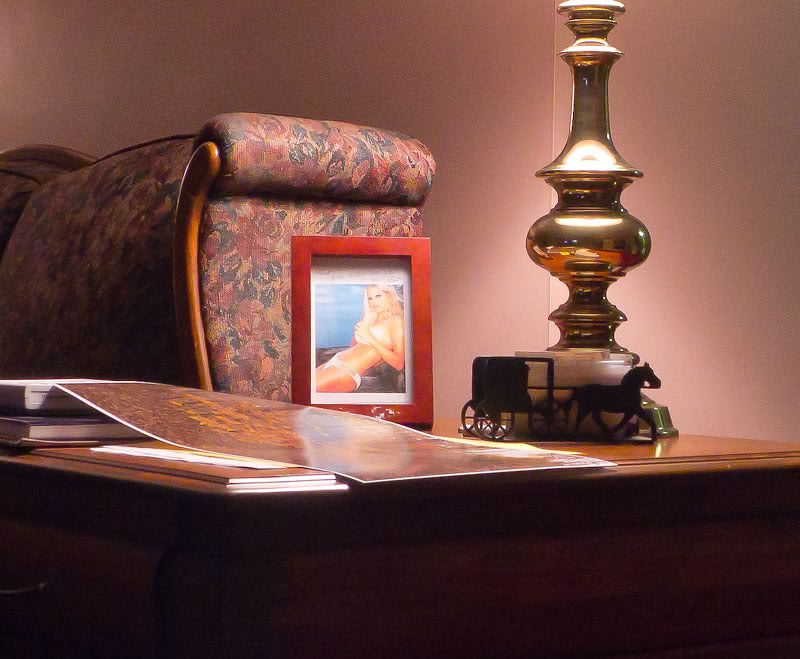
Test Image, LX5
I’m not saying that there’s no difference. I think the Fuji noise is coarser, and there could be a smidgen more color noise. Detail seems about the same. Now the E 900 sensor is 9 MP and of the so-called “SuperCCD” design, so famous in the F 30/31 Fuji compacts These were the cameras that arguably started the craze toward lower resolution, higher sensitivity sensors ( I still have one). I do feel however, that given the 5 years between models, the differences are modest. I’m pretty sure that the E 900 would compete nicely with many other modern imagers.
It should also be said the ergonomics of the LX-5 are significantly better than the older camera making it much more usable. Oddly enough the E 900 may have the first compact that disappointed me with it’s image quality (maybe because the size of the megapixels). I did get some keepers( see December 2013)
Now that having said all that, the Panasonic can render details nicely, if shot right. Here’s a 100% crop of an image I took with the LX5 recently, also at ISO 400 .
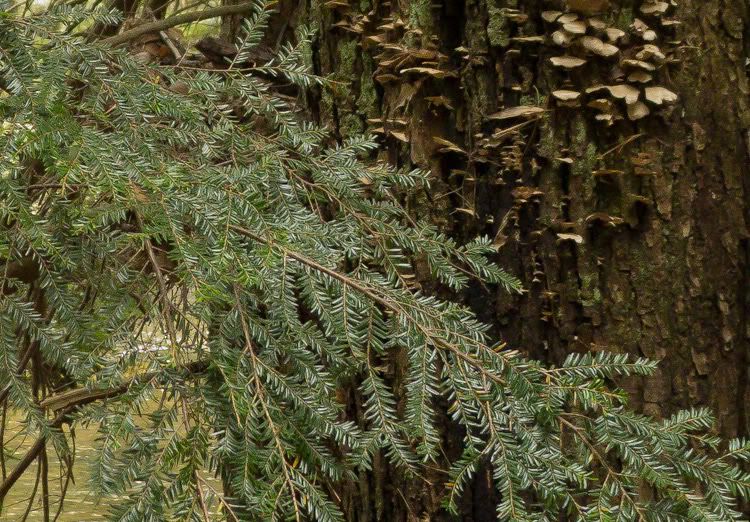
Hemlock and Bracken (Panasonic Lumix LX5)
What’s my point? I ‘m not sure there is one, except perhaps that as photo gear enthusiasts, we are seduced by the power of industry marketing, which is aided at times by enthusiast websites who are connected to photo gear suppliers. Imagers are getting better, but perhaps more slowly than we think.
If you’re going to buy a new camera or camera body, make sure it functions better for you. Test it against the gear it’s set to replace. If it’s not truly more functional, don’t be afraid to send it back. And make sure that you buy from reputable dealers that will allow you the privilege.
Also once in a while, If you have an older camera on your shelf, pick it up and shoot it. Print an image. You might be shocked just how much you like it.




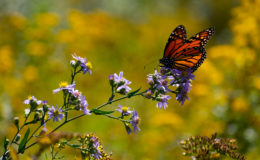
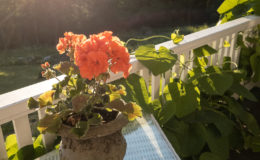
Robert Roaldi
November 29, 2011 2:31 pmThat’s probably good advice. I still use a Canon G3 (4 mpix) now and then. It’s fine. The Fuji f31fd I had was better, but not that much better, but was light and small, which is why I dropped it and it broke.
(Before I go on, why don’t they put rubber grip finishes instead of slippery metal surfaces on those small light cameras. They can do it on cheap ballpoint pens.)
I replaced the Fuji with a 10-mpix Elph, which I didn’t like much, so sold it and got a Oly XZ-1. I’d say the XZ-1 is on a par with the f31fd, more or less, as you say, not a great improvement in 4-5 years. It has nicer user features than the Fuji, but the picture quality is on a par, to first-order approximation. I am sure that there are differences and people examine them ad nauseum but in the end the differences don’t matter much, I don’t think, certainly not to me.
Since the higher-end digicams aren’t that small anyway, they should have stuck with the 2/3 sensors that we saw in the first wave of top-end digicams (e.g., Canon Pro1), and Fuji is only now using that size again with good results, sounds like.
Geoffrey Heard
November 29, 2011 4:02 pmI agree. I have a 5 year old Kodak P880 which really should go into retirement, but I just can’t do it, it works so well. And my little Panny TZ7/ZS3 is a miracle camera! My main camera nowadays, though, is an Olympus E-PM1 m43. There is no question that the E-PM1 produces superior images for landscape work. I’ve tested the two side by side at similar focal lengths. The two also have great color. I did have a Panasonic G1 m43 which had superior definition to the P880 but the JPEG color was abysmal and despite the maunderings of so-called experts, I could never get Kodak-like color out of the Panny’s RAW file (I always warn about RAW — they aren’t really RAW, they are processed. If they weren’t how come there are so many different RAW formats?).
Oh — and the lens on the Kodak is wonderful — a Schneider f2.8-4, 24-140mm equiv). How come there isn’t an equivalent offering today?
henrysmithscottage
November 30, 2011 6:54 amKodak apparently is a victim of a lack of commitment to the camera industry, as they sold off their digital imaging division. Several of my early digital cameras were kodaks, they had wonderful color. Nowadays, think fuji.
coastcontact
November 29, 2011 10:56 pmOld vs New comapcts, are they really better?
I saw your question on dpreview.com/forums. My first digital camera was a Canon Powershot A70. It has aperture and shutter priority options but lack image stabilization. It’s 3 megapixel camera with a 1/2.7″ sensor. Few photos were ever enlarged to 8×10 so I was happy until taking a digital camera class. Now I have found considerable success with my Panasonic FZ28. I have tried to replicate some of the photos that FZ150 users have posted and really found no difference. Perhaps my conventional HP monitor is to blame. I am not a camera collector so just buying the newest version is not a reason to buy. I understand that there is considerable noise at higher ISO settings on the FZ28 but wonder why so many people choose to set their cameras at ISO 800 or 1600. Is there a benefit I am missing? Would you recommend FZ150?
Please respond here or via email: coastcontact@earthlink.net
henrysmithscottage
November 30, 2011 6:50 amI’m not a huge fan of travel zooms. Why not consider a used or reurbed micro4/3 camera like a panasonic G1/G2 with the two lense kit. You’ll get far better image quality.
Dean
December 1, 2011 5:08 amMy first digital camera cost me about $2000 AUD in 2000 it was an Olympus 3300 and I actually got a full page image printed in a magazine using that camera in 2004. I own a few Nikon Dslr’s now along with a Ricoh GX200. They do say that the best camera is the one that you have with you at the time so I regularly take my GX200 when I take the dog for a walk. I have just downloaded the latest images from the GX200 to Lightroom. They are rubbish! I try to like this camera I really do, the image quality is so hit and miss.
So I keep looking for a decent compact or small camera. if money was no object it would be a Leica M9. I’ve seen the two Fuji’s X100 X10, the Nikon V1, The Olympus pens. I like the look of the Lumix G2 but if these systems are not going to give me good images I will continue with the D300s and forget compact all together.